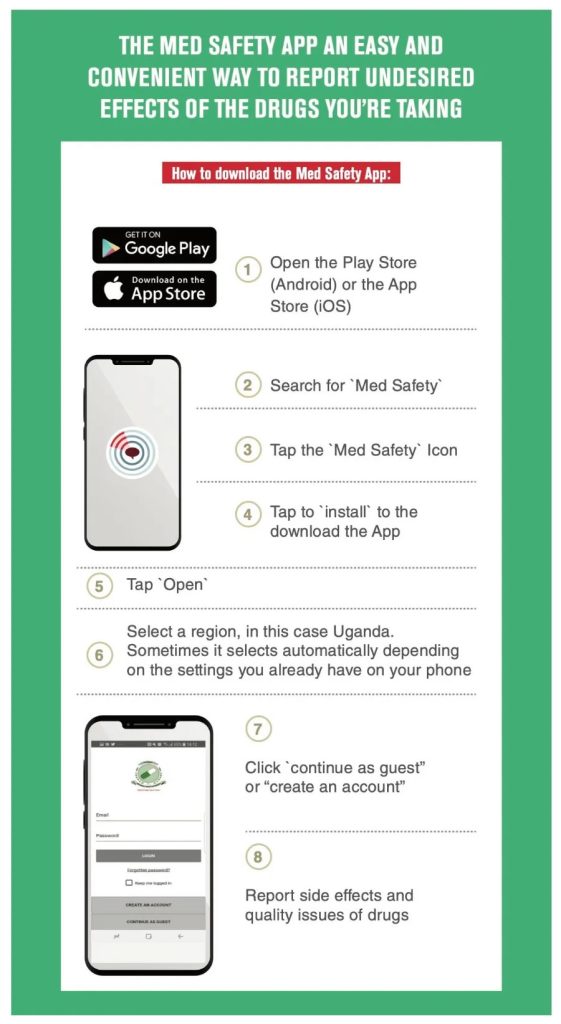ZAMRA Adverse Event Reporting System: Latest Quarterly Data Files
The Adverse Events (AE) Quarterly Data files listed on this page contain raw data extracted from the AE database for the indicated time ranges and are not cumulative.
The quarterly data files, which are available in Excel format, include:
- demographic and administrative information and the report ID number (if available);
- drug information from the case reports;
- reaction information from the reports;
- patient outcome information from the reports;
- a “README” file containing a description of the files.

